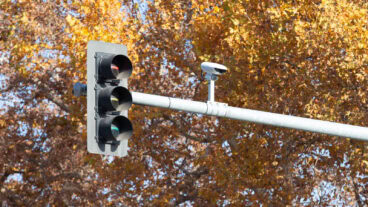A former IDF officer and tech entrepreneur has invented an app that, had it been deployed during the horrific Hamas massacres in the Gaza envelope communities, potentially could have saved lives.
Wristcam, the company founded by Roi Ginat and Matt Frischer, embeds a camera into the watch’s silicone band so users can film what’s going on around them.
The company’s separate software program, Protect, is triggered with a tap or a voice command (Ginat’s is “banana bread”) to automatically start capturing audio and video without raising suspicion.
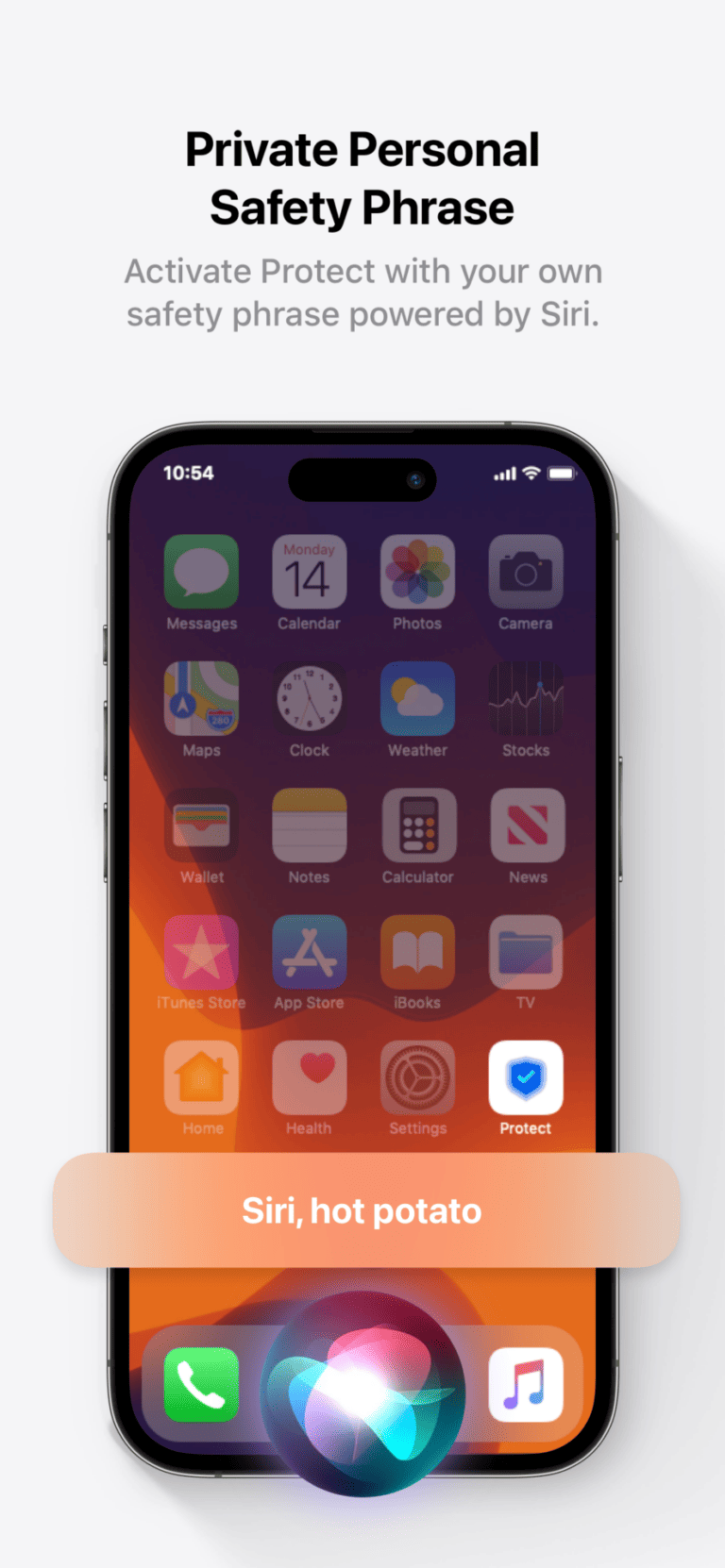
The app, available worldwide for Apple Watch or iPhone users, then connects with emergency services and sends a multimedia report of the danger, along with geolocation details.
Typically, someone in danger must choose whether to place a call or record a video to document it. Protect does both.
For the last year, the company has been integrating Protect into more than 5,200 emergency response centers in the United States. These partnerships, he says, cover “about 95% of the calls.”
The Protect consumer product, however, only hit the App Store just a few days before the Hamas attack on that fateful October morning. Ginat is now working closely with several Israeli organizations to get Protect into the pockets of soldiers and civilians alike.
AI built in
When a user launches Protect, it opens a channel with up to three pre-chosen emergency contacts. The contact can then connect the call to 911 (or 100 in Israel) – a critical element if the potential victim is in hiding.
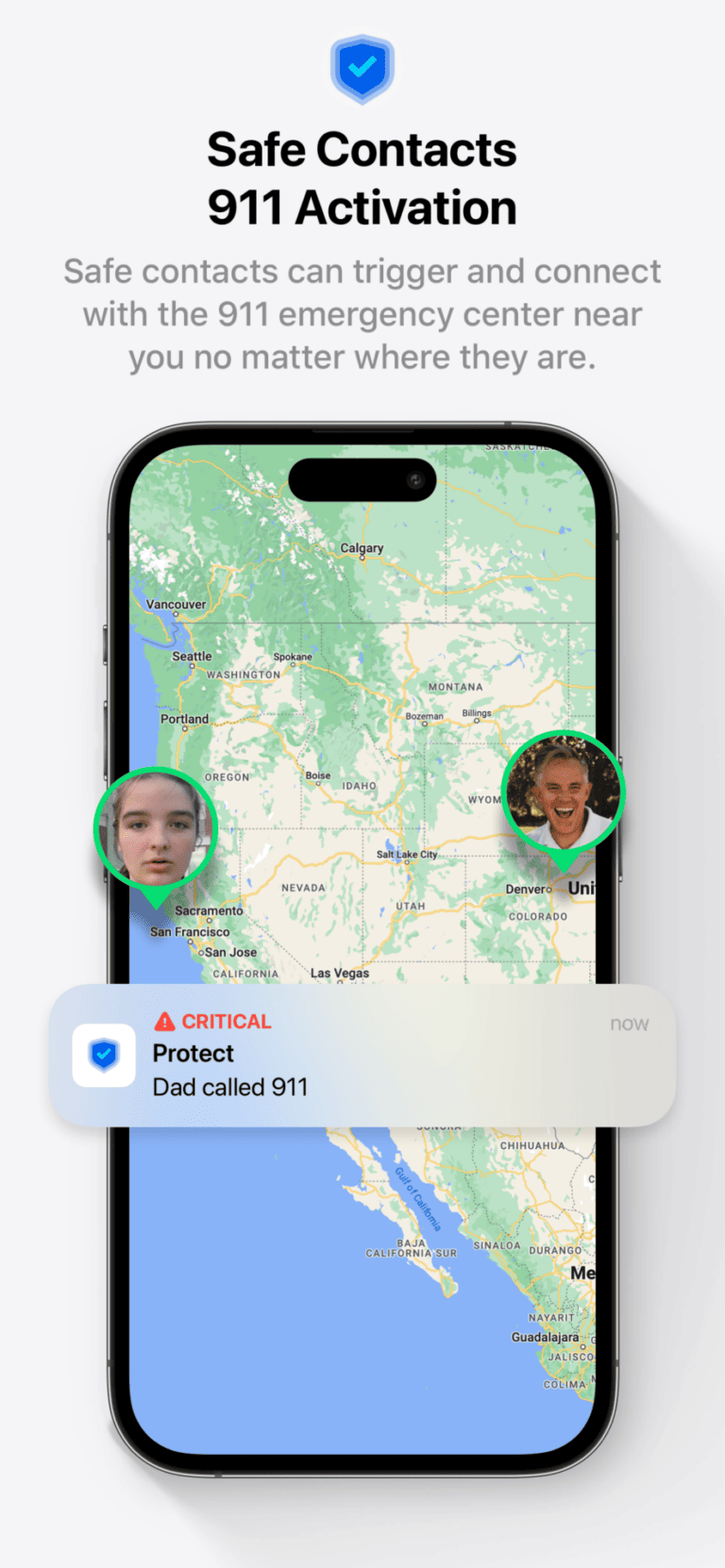
Protect’s artificial intelligence analyzes what’s happening in real time. If it hears a gunshot or detects a fire, it will note that for emergency services.
The AI can identify how many people are in the frame, whether there’s someone hiding under a bed, and provide visuals of what an attacker looks like.
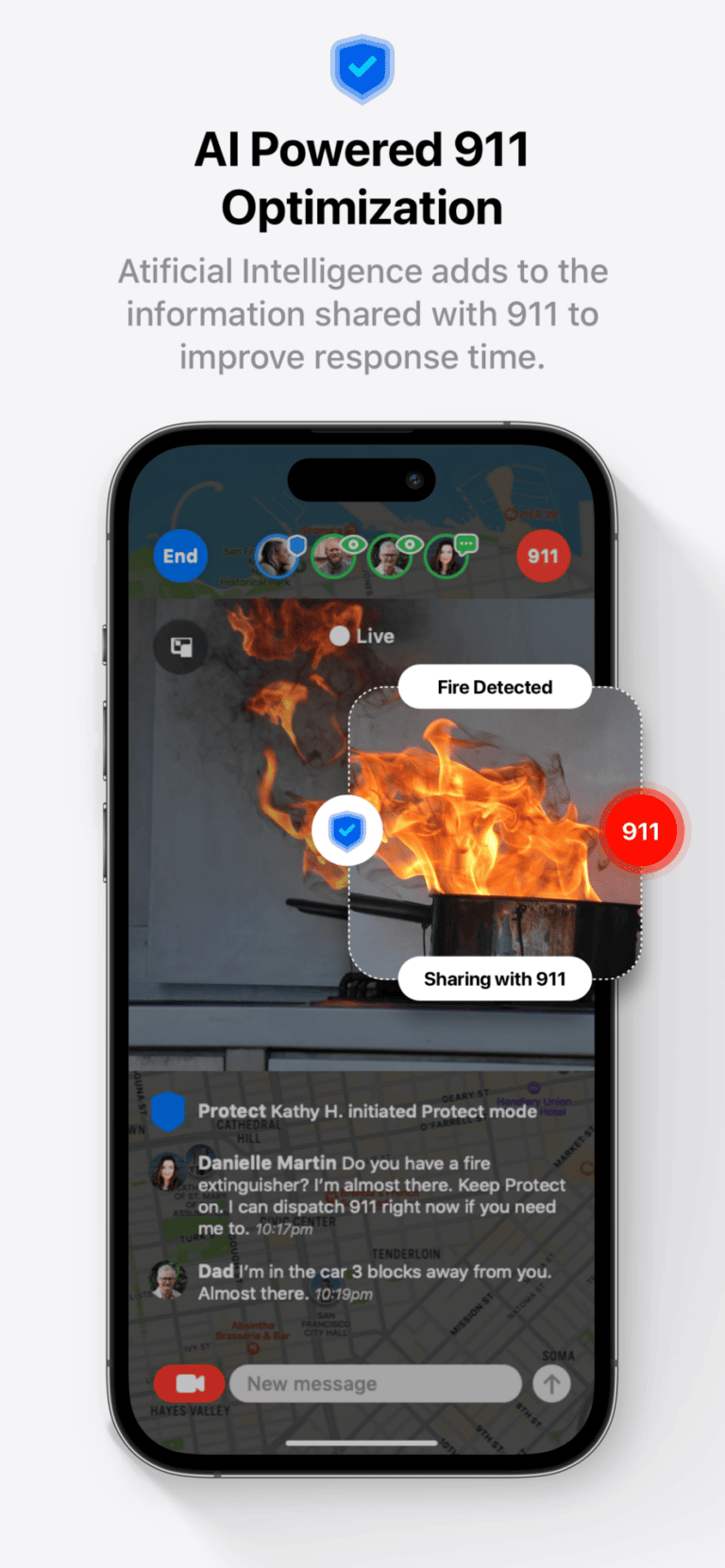
The Wristcam wearable (a separate product which can be purchased in the US but not in Israel) embeds a camera in the band of an Apple Watch. It has eight gigabytes of internal storage and two cameras – an eight-megapixel camera facing out that can shoot 1080p high-definition video, and a two-megapixel “selfie” camera.
Users and emergency contacts can manually tag the images being captured by Protect. And everything that Protect sees or hears is saved in the cloud.
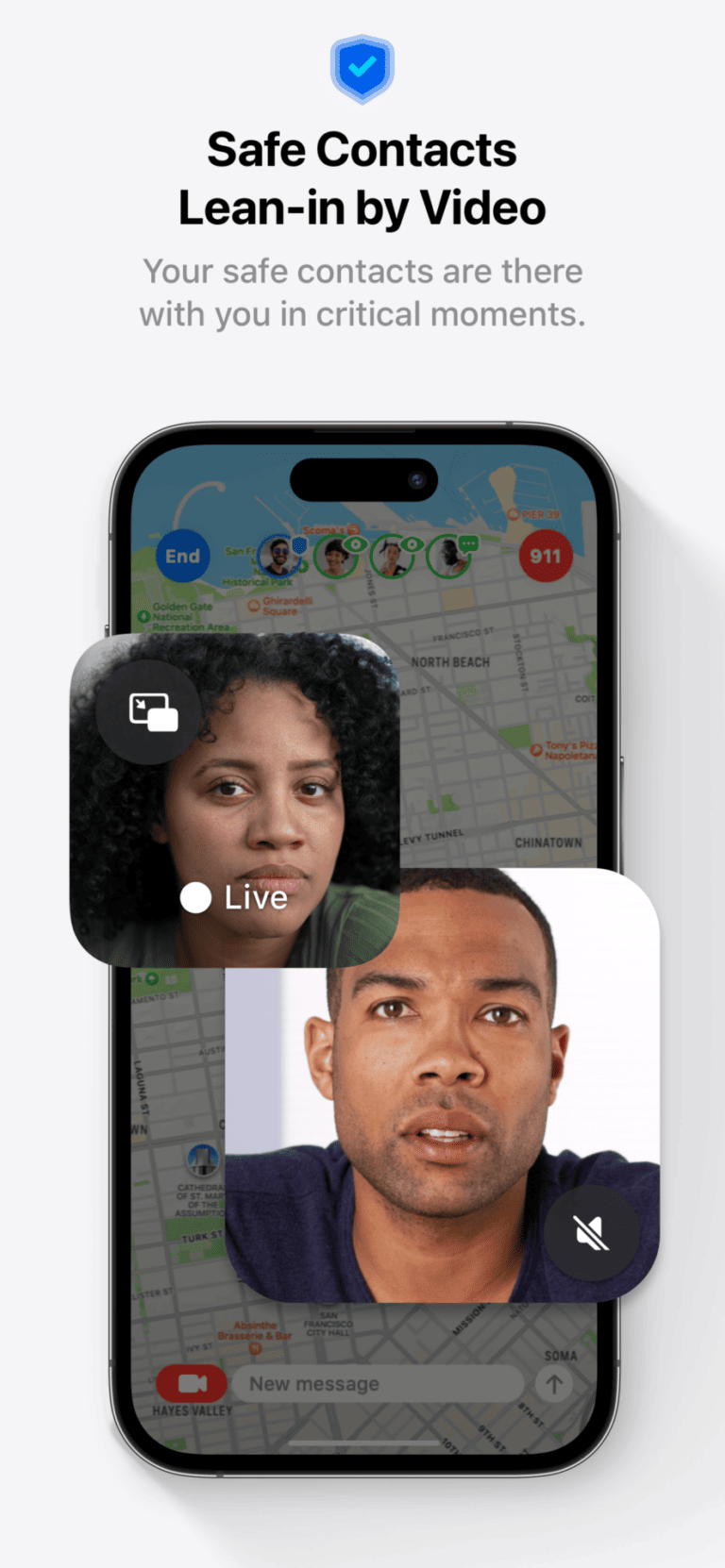
Versatile communication device
Wristcam has been on the US market for two years, available for around $300 on Amazon and soon Best Buy, as well as the Wristcam website.
It has been positioned as a way to communicate with friends and loved ones via quick video messages on the Apple Watch, which doesn’t have its own camera.
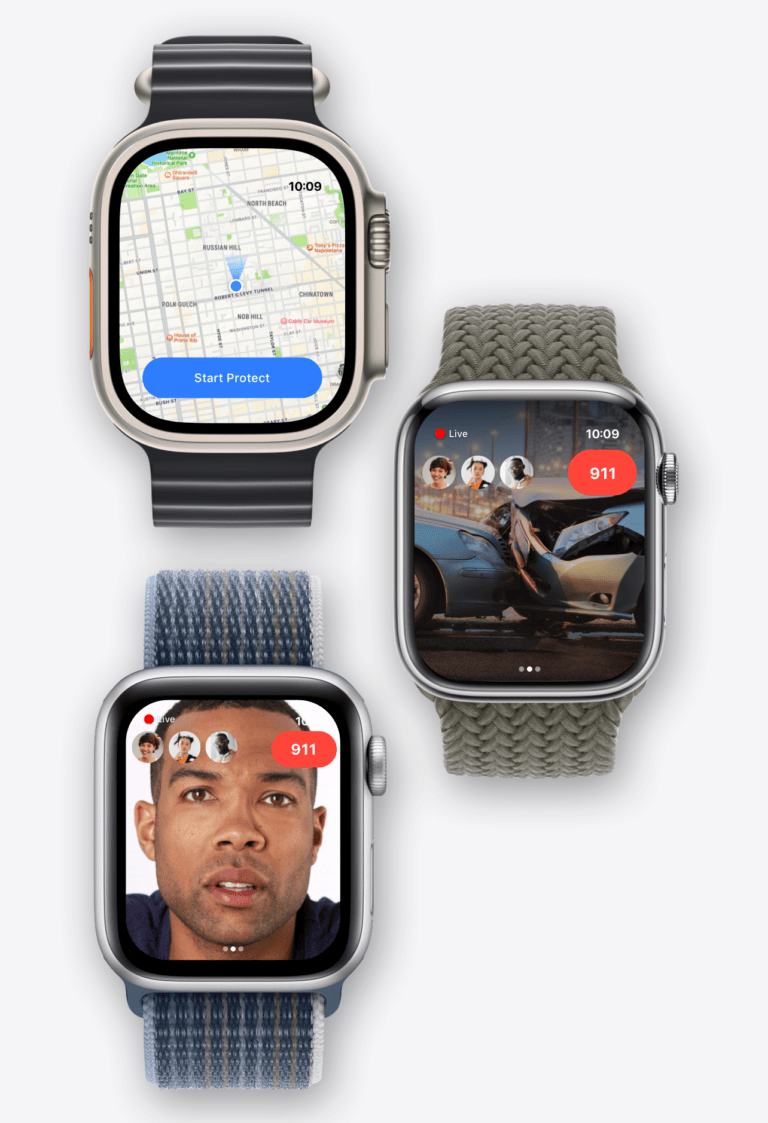
As the wearable device was gaining traction, Ginat and Frischer realized “there’s an amazing utility for safety and remote wellness monitoring.”
The initial use cases identified include:
- An adult child could communicate with his or her elderly parents in a nursing home in another state.
- A teenager being bullied could collect evidence of his tormenters to share with school administrators.
- A woman walking alone at night could open Protect and start livestreaming to her loved ones. If something happens, any of them can loop in police dispatch on her behalf.
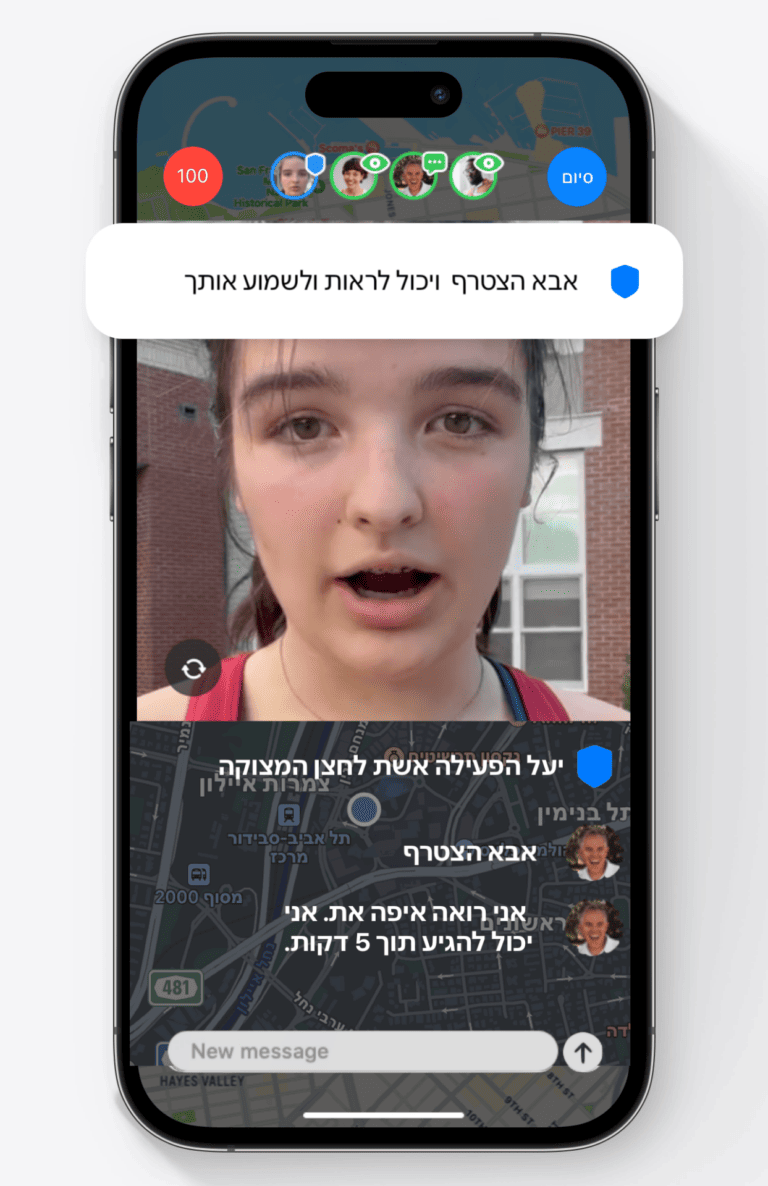
Saving power
One possible downside to the Wristcam is that it’s bulky, although very light at just 22 grams (less than an ounce).
Another is battery usage. Popular Mechanics tested the Wristcam and found that continuous recording from a full charge drained the battery in under an hour.
Ginat, however, counters that most emergency video clips will be short.
Furthermore, the device does not record video at the highest resolution – which takes a lot of power and bandwidth — but rather at “reasonable resolution, enough for practical uses such as identifying people.”
When Wristcam is connected to its charger, it wirelessly transfers the photos to the phone, freeing up memory.
Low latency
Ginat, who has a degree in engineering from Tel Aviv University, previously worked for the Israeli educational software company Machshevet, where he developed Arnevet, a popular Hebrew-language typing tutor.
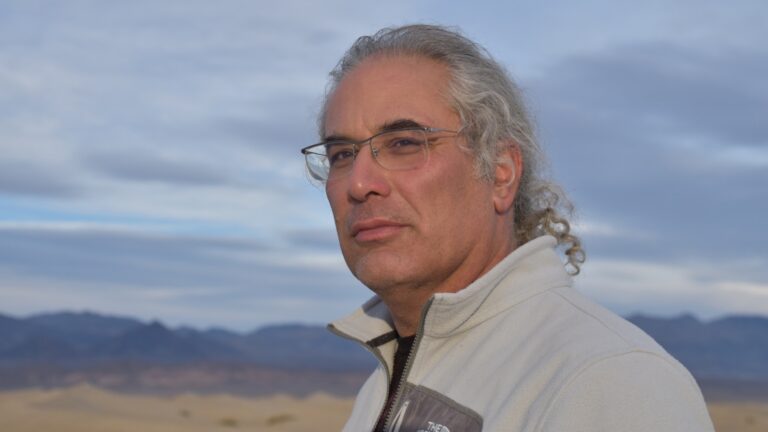
He then established Giant Steps, where he “sold dozens of games and educational software programs in Israel and worldwide.”
At Giant Steps, he honed his experience in live video broadcasting.
“We were always focused on creating low-latency videos where latency could be measured from the time of initiating the conversation to the start of broadcasting it,” he tells ISRAEL21c.
That turns out to be a big deal.
Latency is when the audio lags behind the video. “Most companies are concerned with latency inside the conversation,” Ginat notes.
“For a good Zoom call, it’s crucial that latency be less than a second. But they don’t care so much if it takes 10 or 20 seconds to set up the call.”
When it comes to an emergency situation, though, a 20-second warm-up time would be unacceptably dangerous. Therefore, Protect sessions start after approximately one second.
Android version coming
Couldn’t Protect be “always listening” like Siri or Alexa, and automatically start recording if it hears gunfire or a missile?
“Theoretically, yes, it’s possible, but practically, no,” Ginat says. “We’d need to have our app listen to the microphone 24/7.”
That would raise both battery and privacy issues.
“Maybe we’ll add this for when you go to sleep and your devices are all plugged in,” Ginat speculates.
“But there is so much work to do now. First, we need to adapt our interfaces to work with all the different emergency medical services. And we want to accelerate the launch of our Android version.”
Made for Apple Watch
Wristcam isn’t an official Apple product but has Apple’s blessing (“We can put ‘Made for Apple Watch’ on the box,” Ginat says) and the company has a couple of ex-Apple Watch engineers on its team.
Wristcam maintains an R&D staff in Ramat Gan. Ginat moved several years ago to Santa Cruz (about a half hour from Silicon Valley) to lead the company’s efforts to penetrate the US market. Wristcam has raised $76 million to date.
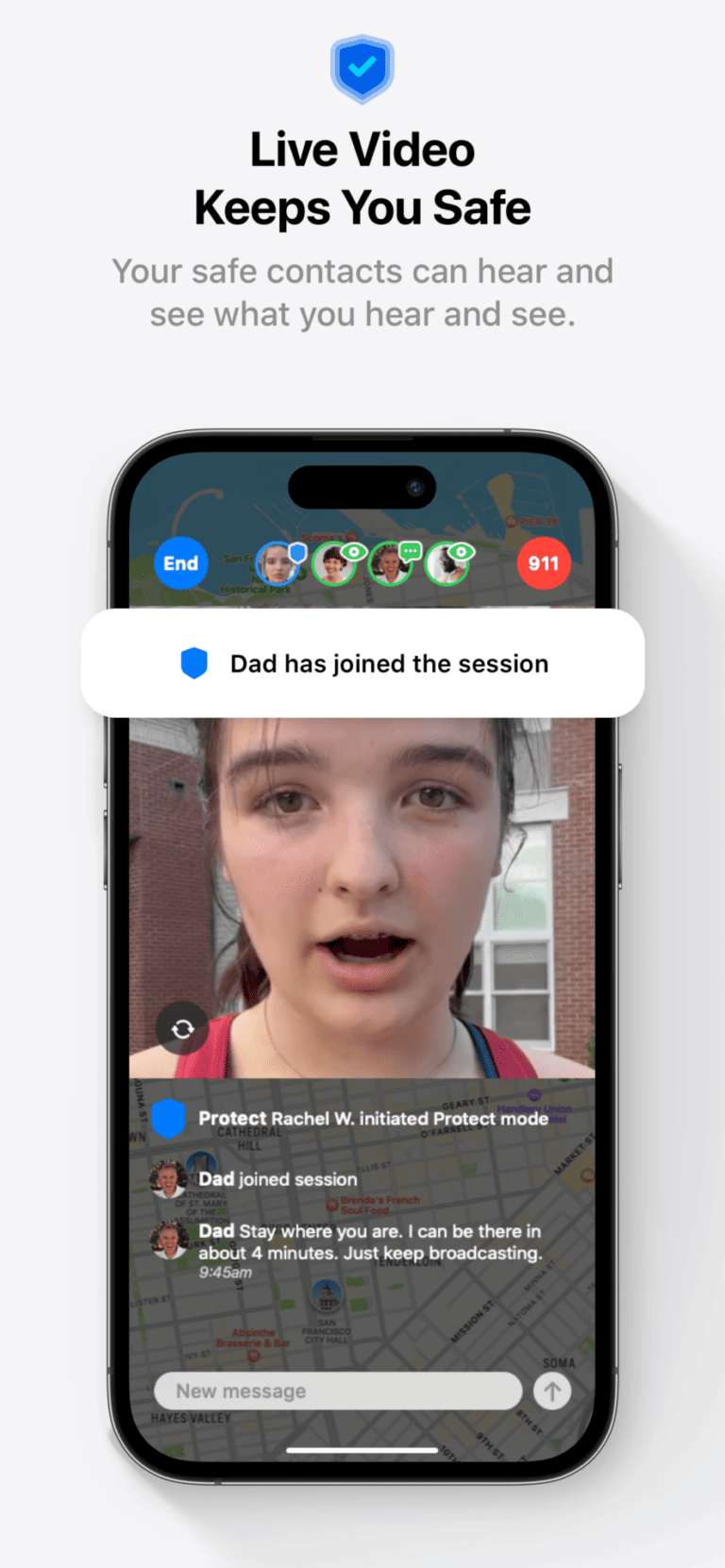
Where did Ginat and Frischer get the idea for Wristcam and Protect?
“We wanted to build something that would be helpful, not just another casino app,” Ginat tells ISRAEL21c.
He cites an US Federal Communications Commission estimate that 10,000 lives could be saved each year by reducing the average 911 call response time by just one minute.
Ginat says the company has sold tens of thousands of Wristcam wearables.
As for Protect, the cost is $20 a year with a 30-day free trial. In Israel, following the Hamas massacre, Ginat says the first year’s subscription will be free.
“We wanted it to be affordable to everyone,” he stresses. “At $20, there’s no reason someone should not be benefiting from this.”
For more information on Wristcam and Protect, click here.












